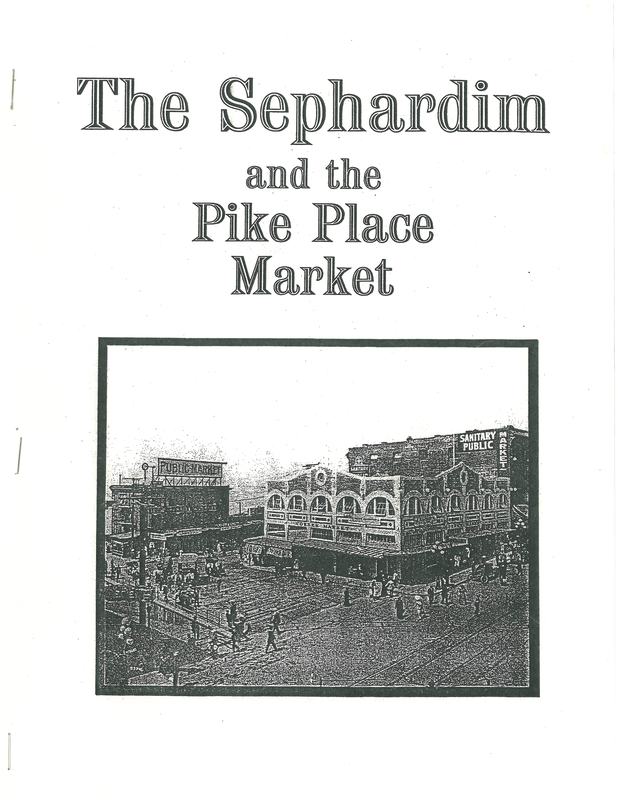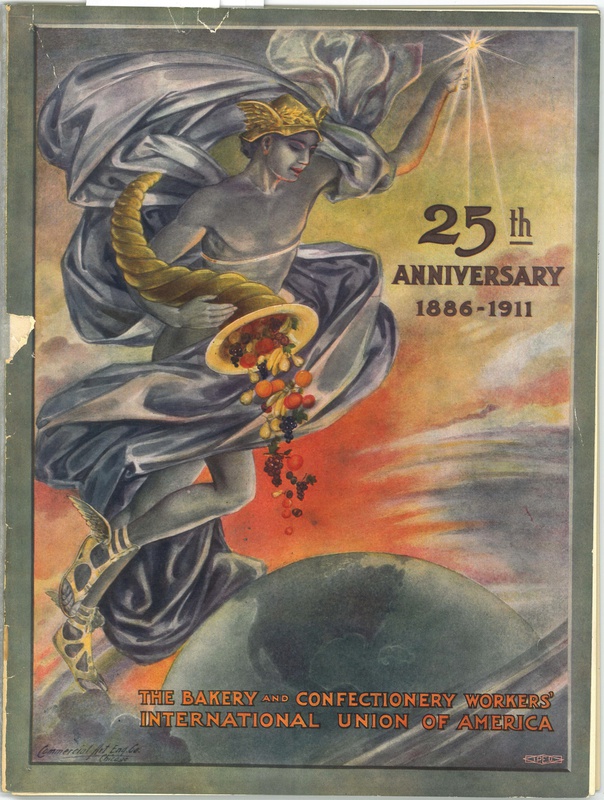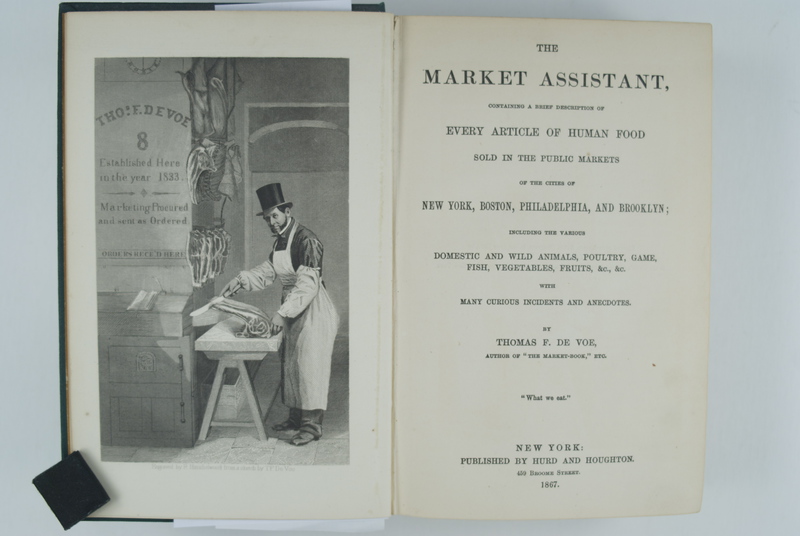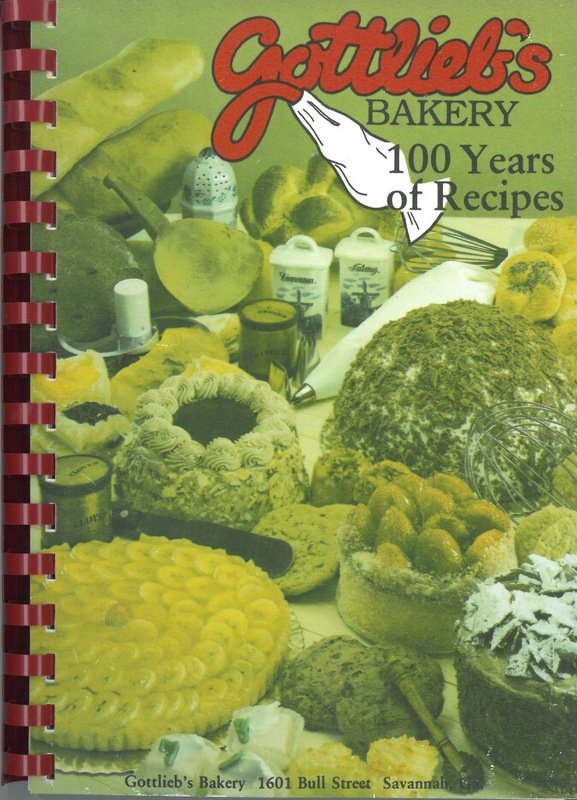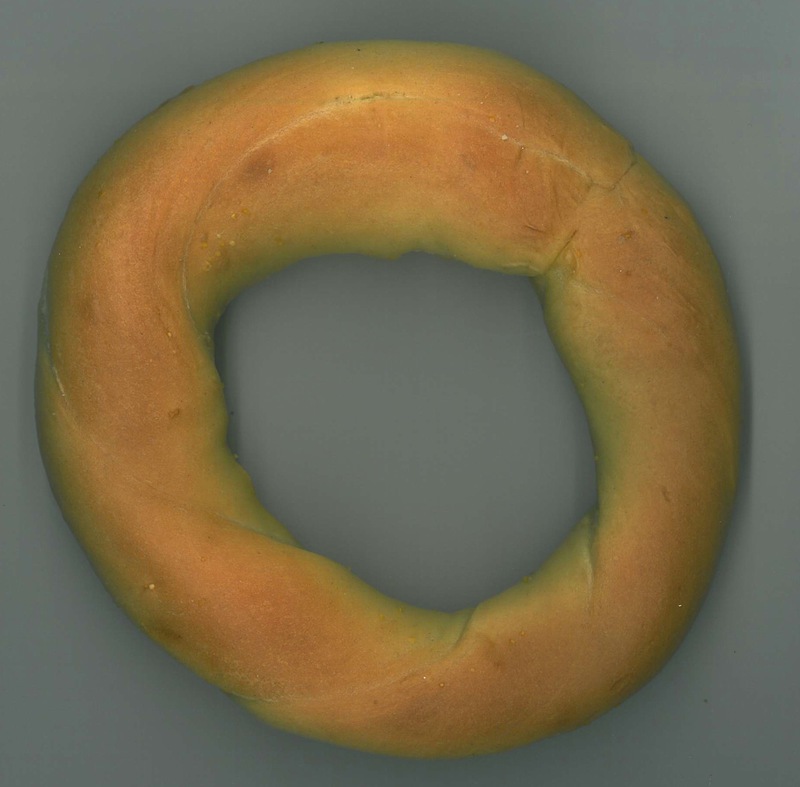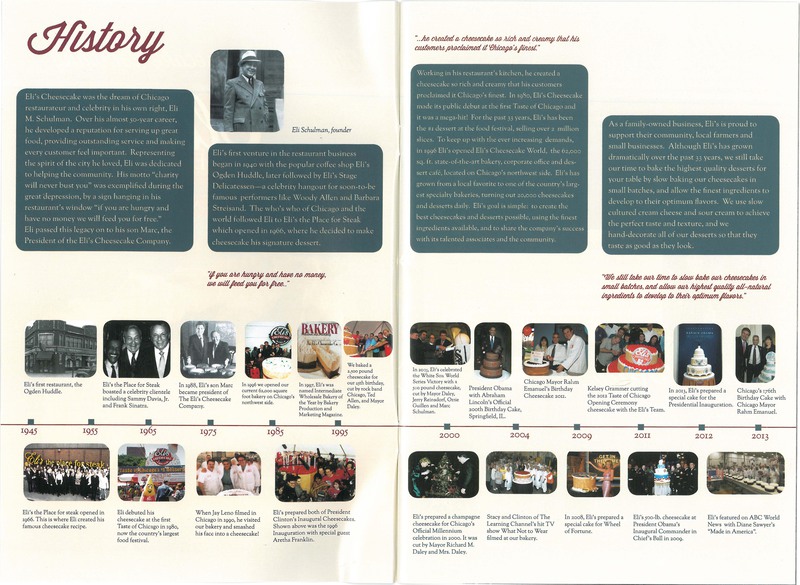Bakers, Butchers, and Markets
Jewish Standards, American Staples
Jewish food purveyors have had a strong and marked impact on American communities. Local bakeries and groceries, butchers and supermarkets, and food distributors have made lasting impressions upon American foodways.
In East LA neighborhoods where there used to be a large Jewish population, one can find pastrami tacos being served by and for the local Latino population.
Bagels are found all over America, no longer exclusively in the tri-state area where most bagel bakers lived through the mid-twentieth century.
Zabar's in New York is one of the most successful and storied grocery store (and appetizing shops) in America.
Butchers
A humble butcher stall served as the pioneering Jewish culinary opportunity and experience in America. In 1660, Asser Levy, a Brazilian refugee, opened up a kosher meat stall in New Amsterdam.
With a letter of support from the directors of the Dutch West India Company, Levy and the 22 other Brazilian Jews escaping the Portuguese Inquisition were granted safe haven in New Amsterdam, then under the governorship of Lord Stuyvesant. As the first Jewish Burgher, Levy worked and petitioned for the rights and privileges of the Jewish community. In addition to being one of the first licensed butchers in the colony, Levy was the first Jew to own a house, a slaughterhouse, and a tavern in North America.
In recognition for all that he had done for the community of New Amsterdam, Mr. Levy is remembered through an elementary school, public bath house, recreation center, swimming pool and playground, and street named after him in Manhattan. Also, in Brooklyn one can lounge in the Asser Levy Park in Coney Island.
Thomas DeVoe is one of the most important chroncilers of (early) American market history. A butcher by trade, but a market historian by avocation, Mr. DeVoe spent much of his life researching and studying all there was to know about markets, the people who operated them, what was sold, and how they interacted with the city.
These two books, The Market Book and The Market Assistant are indispensible resources fors any study of American markets. In addition to the story of Asser Levy, DeVoe includes information on other Jewish butchers and marketmen.
Markets
Jews have been very involved in the founding and development of markets across American (and human) history. One of the most notable American markets that Jews have been played a significant role in is the Pike Place Market in Seattle, Washington. Officially founded in 1907, this is one of America's oldest continuously operating farmer's markets.
From its early years, Jewish immigrants from Greece and Turkey (Sephardim) operated stalls selling everything from fruits and vegetables to fish and shellfish, notably oysters. It is uncertain if these immigrants upheld kosher diets within their own homes, but it is interesting to note that this pioneering community, founded largely on unkosher food, is one of the largest Sephardi Jewish communities in America today.
Bakers
Perhaps in no other category has Jewish food made such a resounding impact on American foodways than through Jewish bakeries and bakers.
The Bakers and Confectioners Journal
Cataloguing much of American baking from the late-19th through the mid-20th century, the Bakers and Confectioners Journal (known as the Journeymen's Bakers Union Journal, and later, the Bakery and Confectionary Worker's International Journal), was the official house organ for the unionized bakers, pastry, and confectionary workers in America. First published in German, then as a bilingual of German and English, and finally, exclusively in English, this weekly records the important developments in American communities and food production (as well as politics and socio-economic distress).
The depth and variety of labor, political, social, and economic history (and culinary history!) contained in this journal is remarkable. Stories of an industry and craft in transition from small shops to international conglomerates; tales of local unions and the struggles of immigrant, urban, and overworked life; and the history of strikes and bargaining in American industry.
In 1950, the Journal won an award for its (cover) story on the history of bagels. In 1951, the Journal also produced an extensive report on matzah industry.
Gottlieb's Bakery: 100 Years of Recipes
Gottlieb's Bakery was a family-owned and operated Savannah insitution that served the community from 1884-1994. There is a beautiful story included in the introduction that emphasized the intimate relationships built by this community business.
Bakers and Baking in Massachusetts
This book offers detailed and thorough descriptions of the all bakers in Massachusetts from the first settlers through to 1909. Included in the book is a description, and photograph, of David Kasanoff, the proprietor of one of Boston's most important Jewish bakeries in the twentieth century.
Teething Bagel
A teething bagel from Barry Bagels in Ann Arbor, this is a recreation of one of the oldest recognized forms of bagels. Bagels originally came from Poland, where they were a much hardier bread than what is sold by most bagel purveyors in America. First boiled in a sweetened water, and then baked in a very hot oven, bagels were a sweet, dense bread that served many traditional roles in Jewish (and European societies).
In Poland, bagels were primarily baked and peddled by Jews, who brought this trade with them when they came to America. Today, the bagel has evolved and grown well beyond its humble origins to become as common in American homes and breakfast spots as white bread.
Eli's Cheesecake Company
A Chicago icon with a wordlwide clientele (including most American Presidents), Eli's Cheesecakes is another American institution. Originally a restaurant, the now-famous cheesecake line was started as an independent industry following the 1980 Taste of Chicago festival. Even though Eli's has become a national icon, it continues to serve the Chicago area, frequently donating cheesecakes and profits to local communities.

The Commercial Cookbooks
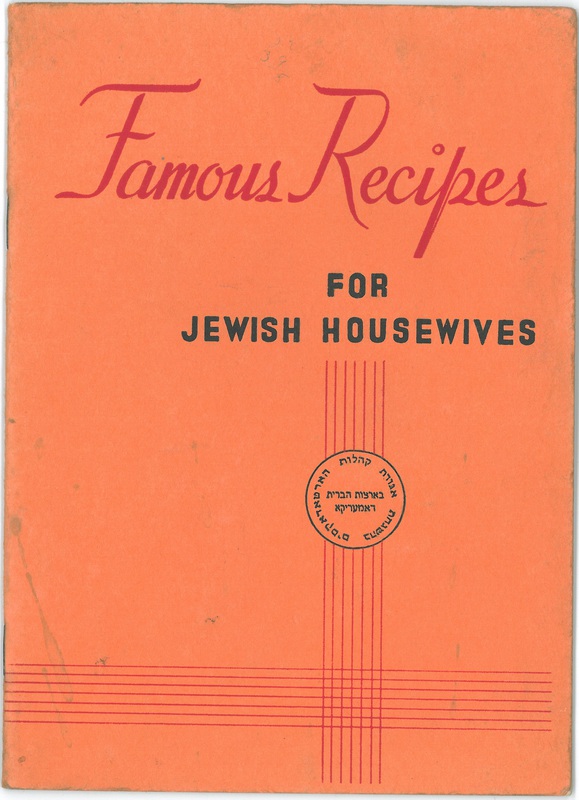
Culinary Ephemera


